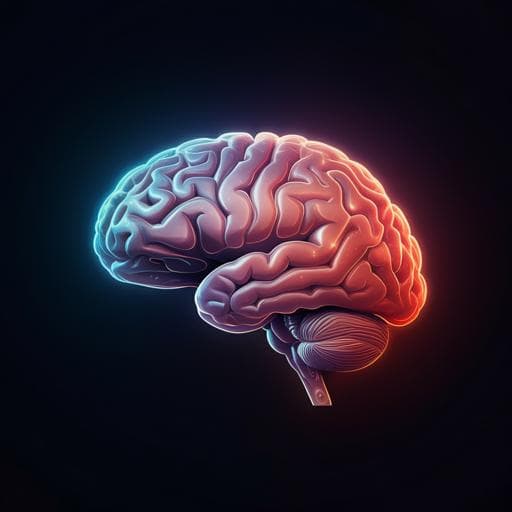
Psychology
Structural brain imaging studies offer clues about the effects of the shared genetic etiology among neuropsychiatric disorders
N. V. Radonjić, J. L. Hess, et al.
Discover groundbreaking insights from a study conducted by Nevena V. Radonjić and colleagues, revealing significant genetic correlations among various neuropsychiatric disorders through structural brain imaging. This research uncovers a shared genetic etiology connected to brain structure, enhancing our understanding of disorders such as ADHD, ASD, and SCZ.
~3 min • Beginner • English
Related Publications
Explore these studies to deepen your understanding of the subject.







